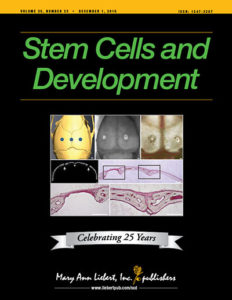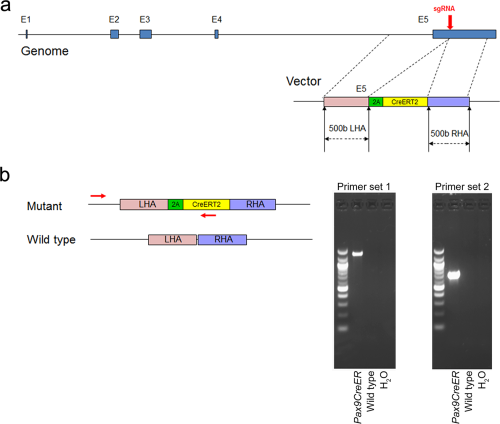The National Institute of Dental & Craniofacial Research (NIDCR), National Institutes of Health announced Tuesday that the California-based Center for Dental, Oral & Craniofacial Tissue & Organ Regeneration (C-DOCTOR) will be awarded $12 million over the next three years through a cooperative agreement as one of two resource centers comprising the NIDCR’s Dental, Oral, and Craniofacial Tissue Regeneration Consortium.
C-DOCTOR represents a partnership between several California institutions that joined forces in 2016 during an NIDCR Tissue Regeneration Resource Center planning program: the University of California at San Francisco, Berkeley, Davis, and Los Angeles; University of Southern California; and Stanford University. C-DOCTOR will be a national resource for the recruitment, cultivation, and clinical translation of innovative technologies to regenerate dental and craniofacial tissues and organs lost to congenital disorders, trauma, and disease. Its primary mission is to provide comprehensive clinical, scientific, technical, regulatory, financial, and managerial resources to promote cost-effective and timely progression of tissue engineering/regenerative medicine products to human clinical trials.
The Principal Investigators of C-DOCTOR include Yang Chai, DDS, PhD (University of Southern California), Yong Chen, PhD (University of Southern California), Kevin Healy, PhD (University of California, Berkeley), Ophir Klein, MD, PhD (University of California, San Francisco), Nancy Lane, MD (University of California, Davis), Michael Longaker, MD, MBA (Stanford University), Jeffrey Lotz, PhD (University of California, San Francisco – contact PI), Mark Urata, MD, DDS (University of Southern California), and Benjamin Wu, DDS, PhD (University of California, Los Angeles).
“C-DOCTOR is a novel public/private partnership that leverages comprehensive basic/clinical science and innovation programs at the partner institutions with the practical goal of accelerating valuable new therapies to patient benefit,” states Dr. Jeffrey Lotz of the University of California at San Francisco. “Our working teams include clinicians, scientists, industry experts, patient advocates and other stakeholders, such that C-DOCTOR is optimally organized to identify and refine technologies for clinical adoption in ways not previously possible.”
Dr. Yang Chai adds, “We are proud of the establishment of C-DOCTOR, which will serve as a consortium to identify, support, and conduct innovative studies to regenerate dental, oral and craniofacial tissue and organs. Our multi-center approach will fulfill a critical part of the NIDCR mission and will provide measurable benefits for many patients.”
C-DOCTOR is actively recruiting additional industry partners (contact: Dr. Jeffrey Lotz, [email protected]); identifying unmet clinical needs (contact Dr. Yang Chai, [email protected]); and evaluating mature tissue regeneration technologies (contact Dr. Dezba Coughlin – Northern California contact – [email protected] or Dr. Bridget Samuels – Southern California contact – [email protected])
Read more about C-DOCTOR’s leadership and mission here.
Read the official announcement from the NIDCR here.

 Park S, Zhao H, Urata M, Chai Y. (2016)
Park S, Zhao H, Urata M, Chai Y. (2016) 